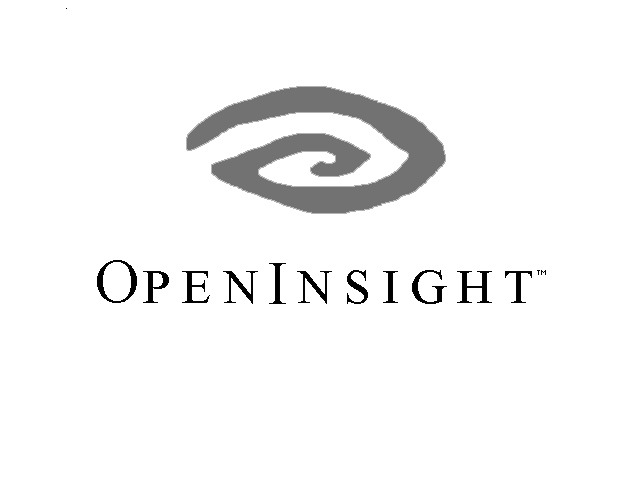European Space Agency Chooses CACHÉ For Gaia Mission to Map Milky Way
InterSystems Corporation today announced that the European Space Agency (ESA) has selected the InterSystems CACHÉ® high-performance object database to support the scientific processing of the Gaia mission. This mission's aim is to map the Milky Way with unprecedented precision.
The Gaia mission will launch in mid-2012 to conduct a census of all the billion stars in our galaxy. Gaia will observe all celestial objects down to their lowest magnitude. Each object will be observed an average of 70 times during a five-year period, precisely charting their positions, distances, movements and changes in brightness. Gaia is expected to discover hundreds of thousands of new objects, such as extra-solar planets and failed stars known as brown dwarfs. Within our own solar system, Gaia will be able to identify hundreds of thousands of asteroids.
Due to the high volume of data that will be collected and analyzed by ESA, this project requires performance and scalability that go above and beyond normal database capabilities. These needs led the European Space Astronomy Center that ESA operates in Madrid to select CACHÉ to assist in processing the satellite research data.
William O'Mullane, Scientific Operations Manager of the Gaia mission for ESA, pointed out, "With CACHÉ, we obtain considerably superior performance and scalability than is possible with other databases. We are able to store tens of thousands of Java objects per second directly into CACHÉ and to maintain the capability to execute SQL queries on the data".
Jordi Calvera, Country Manager of InterSystems Iberia, concluded, "InterSystems CACHÉ has been designed to meet the needs of projects with high-volume data analysis. We are delighted by ESA's decision to use CACHÉ and to work with InterSystems."


